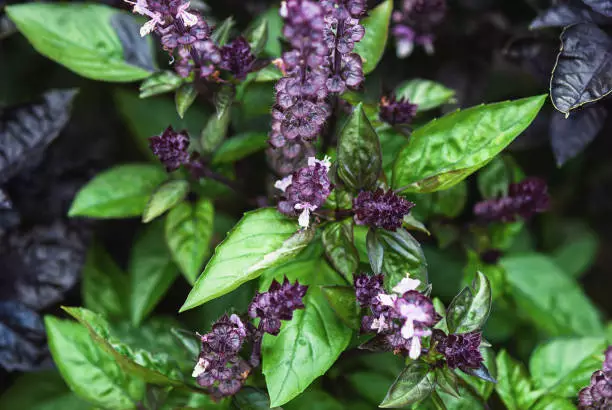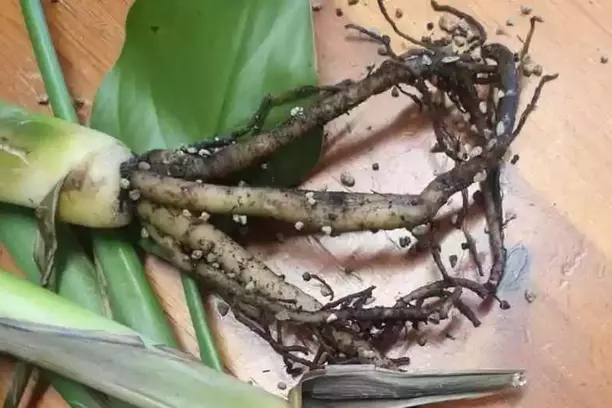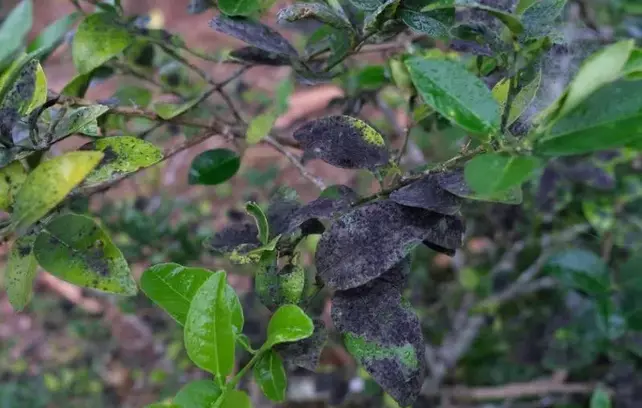Both lime and lemon trees produce green fruit and share blooming seasons and growing zones. However, each plant has its unique identifying features and uses.
The main difference between lemon trees and lime trees is that the leaves of lemon trees are elongated and have smooth edges while those of lime trees are rough and heart-shaped with serrated edges. Full-sized lemon fruits are also bigger than mature lime fruits.
Are lemons and limes the same?
Lemons and limes are not the same even though both are citrus fruits that share similar nutritional benefits and botanical characteristics. You can check for unique identification features of each to determine whether the fruit you are holding is a lemon fruit or lime.

There aren’t major distinguishing features between lemon and lime roots because they’re both citrus trees. Keep in mind that most citrus trees have shallow invasive roots and so they shouldn’t be planted near infrastructure or plumbing lines. Instead, opt for non-invasive tree species such as the miniature lemon and orange trees.
Differences between lime and lemon

Lemon and lime trees share similar features that make it difficult to differentiate one from the other. Both belong to the citrus family, have almost similar growing requirements, and have similar-looking fruits. But there are some features that distinguish them.
Here are the differences between lime and lemon trees:
| Lemon Tree | Lime Tree |
|---|---|
| Lemon trees produce larger fruits (under optimal growth) compared to lime trees. | Lime trees produce smaller fruits compared to lemons. |
| Lemon tree leaves are smooth and elongated with smooth edges. | Lime tree leaves are rough, heart-shaped with serrated edges. |
| Lemon fruits turn bright yellow when ripe. | Lime fruits appear green to pale yellow when ripe. |
| Lemon fruits have a thick, coarse-textured skin. | Lime fruits have a thin, smooth-textured skin. |
| Lemon juice is less sour compared to lime juice. | Lime juice is slightly bitter compared to lemon juice. |
Both lemon and lime trees are citrus trees with thorns, but they can be grown indoors because they’re easy to care for.
Lemon identification features

Lemons are large, succulent, oval-shaped fruits that have numerous health benefits. Unlike some members of the citrus family (like oranges and tangerines), lemons exhibit a sour taste when pressed for their juice. However, you can look for additional characteristics to help you distinguish lemons from other similar-looking fruits
Here are some unique lemon tree identification features:
Tree size, leaf color, and shape
Lemon trees can grow to heights of about 20 ft under optimal conditions. However, the average height of your lemon tree also depends on its variety, potting size, and a few other factors.
Meyer lemon trees have an average height of 6-10 ft. Other varieties such as Eureka, Verna, and Primofiori can grow slightly taller and have a height average of 10 – 20 ft.
Lemons grown for indoor use are generally shorter compared to those grown outdoors. Some species have thorns on their twigs coupled with dark evergreen leaves. The leaves have a lighter shade on the underside.
The leaves have an elongated oval shape and grow in an alternating pattern. Young lemon tree leaves often appear red but later change color to light green as the plant matures.
People regularly prune lemon trees to control their height, especially when growing the plant for ornamental purposes.
Fruit shape and size
Lemon fruits have several variations in fruit shape and size. Some lemon trees such as the Baramasi (Citrus limon L. Burm) have round-shaped fruits, while others have oval-like features accentuated by a slight bulge on the bottom.
On average, lemon fruit is about 2″-3″ in size. However, fruit size depends on additional factors including the lemon tree variety, growing conditions, crop load, etc. Some species of lemon produce many small fruits while others have larger fruits but in smaller quantities.
Lemon trees bloom at least once a year during spring to display white flowers with occasional shades of pink or purple (depending on the species). Eureka Lemons, for instance, produce fruit during late winter or early spring after an extensive fruit development cycle. Some types of lemon trees can bloom up to four times a year when grown under optimal conditions.
The slight bulge at the bottom of a lemon is a unique feature that can help you differentiate lemons from other citrus fruits. Some lemon fruits contain small seeds (9.5mm) similar in shape and size to other citrus trees, while others produce seedless fruits.
Fruit color, skin texture
Lemon fruits are distinguishable from oranges, tangerines, and other citrus tree species by their fruit color and skin texture.
Lemon fruits appear green when unripe and change color to a bright yellow once the fruit ripens. The trees reach maturity after 6 years, after which the plant starts producing fruit. The fruits develop in the summer months (after the spring bloom) and ripen during late fall or winter.
Lemons have a thick, outer skin and a succulent pulp. Their epicarp contains numerous oil glands that give lemons their characteristic aroma. Most lemon tree fruits have 8-10 differentiated segments within the fruit. Some fruits have a juicy pulp while other species produce very little juice.
Lime tree identification features

Lime trees have unique physical features that make it easy to distinguish between a lime tree and other members of the citrus family.
You can use some of the key identification features of lime trees (and fruits) to help you correctly identify a lime tree from, say, a Meyer lemon tree, by considering characteristics such as the fruit size, color, tree size, etc.
Here are some unique lime tree identification features:
Tree size, leaf shape, and color
Lime trees can grow to heights of up to 20 ft. under optimal conditions. However, most lime trees have an average height of 12 -13 Ft. Factors such as the tree variety, growing region, and potting conditions also affect the height of your lime tree.
Lime tree leaves have an average size of 2-3 inches. The trees have thin branches with sharp spines about 1 ½“ long in some varieties of lime-like the Kaffir lime (Citrus hystrix). The plant has dark green, heart-shaped leaves with slightly serrated edges and a rough texture.
Lime trees are grown indoors appear shorter because of limitations in growing space, regular pruning, and a preference for the shorter varieties for ornamental purposes.
Fruit shape and size
Limes vary in shape and size depending on the tree species, environmental conditions, soil quality, etc.
On average, a lime fruit is about 1-1.5 inches in diameter. The fruit also appears ovular (some lime species have spherical-shaped fruits) accentuated by a small protrusion on one side of the fruit. Fruit production happens at least once a year although you might find some species that produce fruits twice or more times a year.
Blooming, flower color, and size
Lime trees are flowering plants that bloom during spring and other warm months of the year. The trees produce small, numerous white-yellow flowers during the active blooming season.
It can take 3-6 years for lime trees to mature and start producing flowers. Sometimes your lime trees might produce flowers without producing fruits because of several issues.
A key reason could be that your plant is only just maturing and has not developed into fruit production. In most cases, you notice the leaves and flowers begin to fall off after they are fully mature without producing fruit. The condition is a normal part of lime tree growth and is more evident in juvenile trees before full maturity.
Fruit color and skin texture
Unripe limes have a characteristic green color on the exterior but may occasionally turn pale yellow on ripening. The fruits have a thin epicarp with a smooth, firm sensation when slightly squeezed.
The epicarp is rich in aromatic compounds that give limes their characteristic citrus smell. You may also notice a green hue in the fruit’s succulent layer depending on the species of the lime tree. Some fruits contain seeds while others have seedless features (although it depends on the plant’s variations).
References
- Lime, sour | Diseases and Pests, Description, Uses, Propagation
- Purdue University: Lemon



